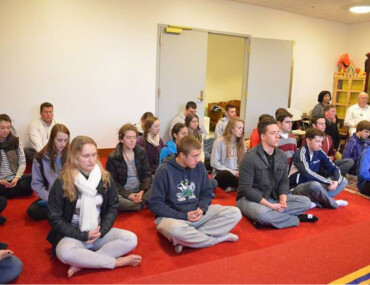Buddhist chanting ceremonies are integral to Buddhist practice and rituals, providing a means to invoke blessings, express devotion, and cultivate mindfulness. Here’s an overview of what typically occurs during a Buddhist chanting ceremony:
- Purpose and Intention: Chanting ceremonies serve various purposes, such as paying homage to the Triple Gem (Buddha, Dharma, Sangha), expressing gratitude, seeking blessings, or dedicating merits to all beings. The intention is often to cultivate wholesome states of mind and generate positive energy.
- Setting and Environment: Chanting ceremonies can take place in temples, monasteries, or other sacred spaces. Participants gather in a calm and respectful atmosphere conducive to meditation and reflection.
- Chants and Mantras: Buddhist chants consist of recitations of sacred texts, verses, or mantras in Pali, Sanskrit, or local languages. Commonly used texts include the Buddha’s teachings (sutras), praises to the Triple Gem, and passages invoking virtues like loving-kindness and compassion.
- Instruments and Ritual Objects: Ceremonies may involve the use of traditional instruments like bells, drums, and gongs to accompany the chanting. Ritual objects such as candles, incense, and flower offerings may also be present.
- Guided by Monastics or Experienced Practitioners: Buddhist monks, nuns, or experienced practitioners often lead the chanting ceremony, guiding participants in reciting the texts with proper pronunciation and intention.
- Meditative Atmosphere: Participants are encouraged to maintain mindfulness and concentration during the chanting, using the rhythmic repetition of words to anchor their attention and cultivate inner peace.
- Benefits and Merit: Buddhists believe that engaging in chanting ceremonies accumulates merit (good karma) and supports spiritual development. Chanting together as a community fosters a sense of unity and shared purpose.
Overall, Buddhist chanting ceremonies are a profound expression of faith, devotion, and spiritual practice, aiming to connect practitioners with the teachings of the Buddha and the blessings of the spiritual path. Each ceremony may vary in its specific content and style depending on the Buddhist tradition and cultural context.





